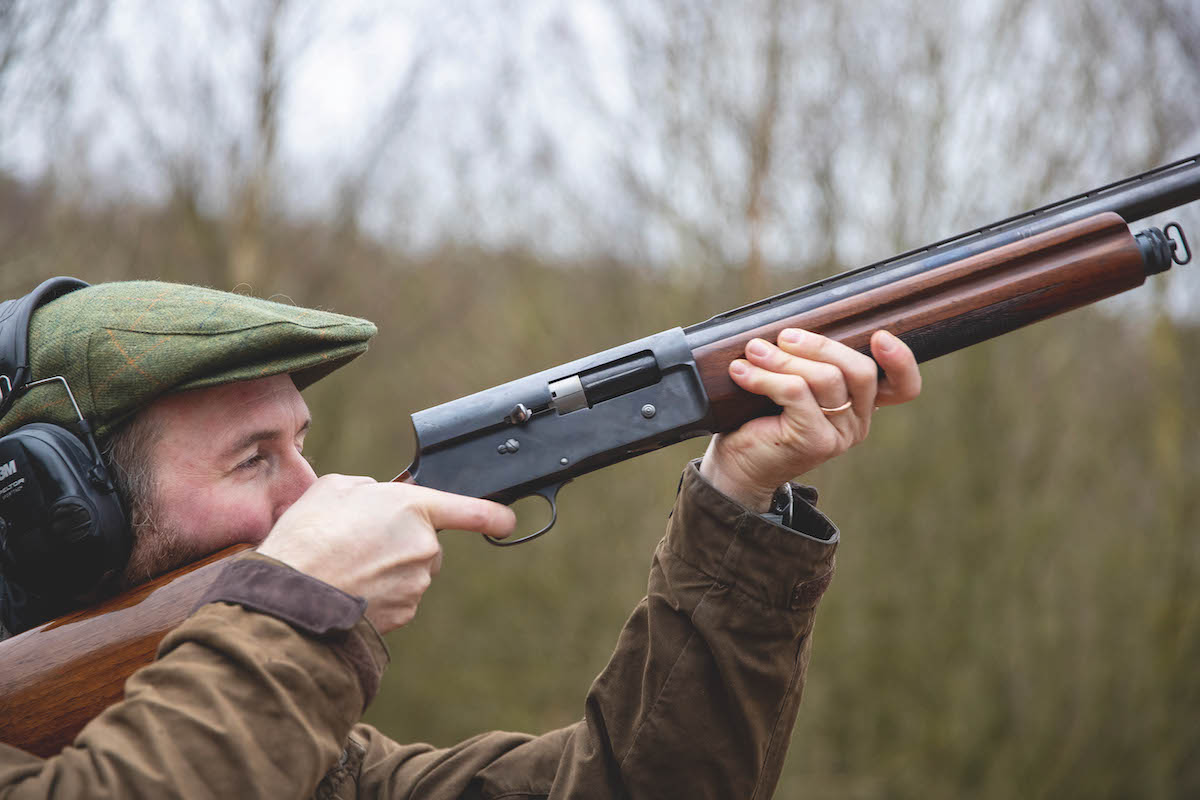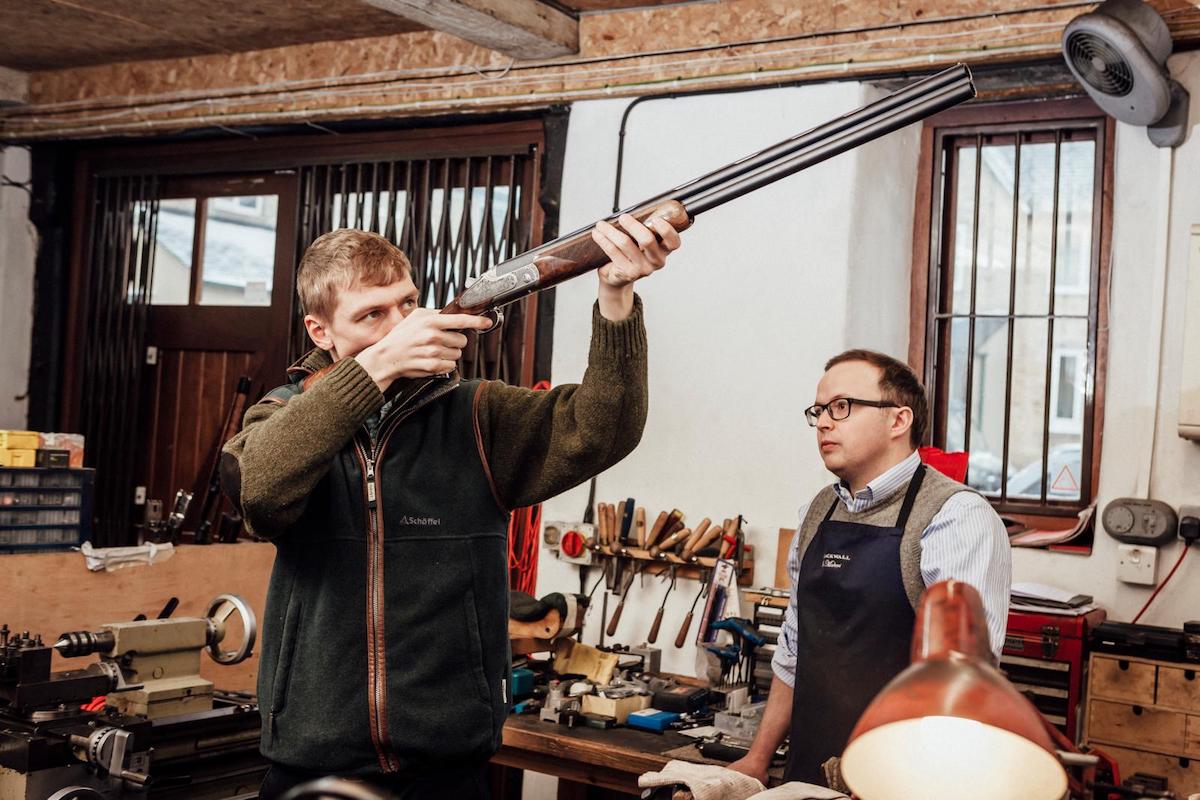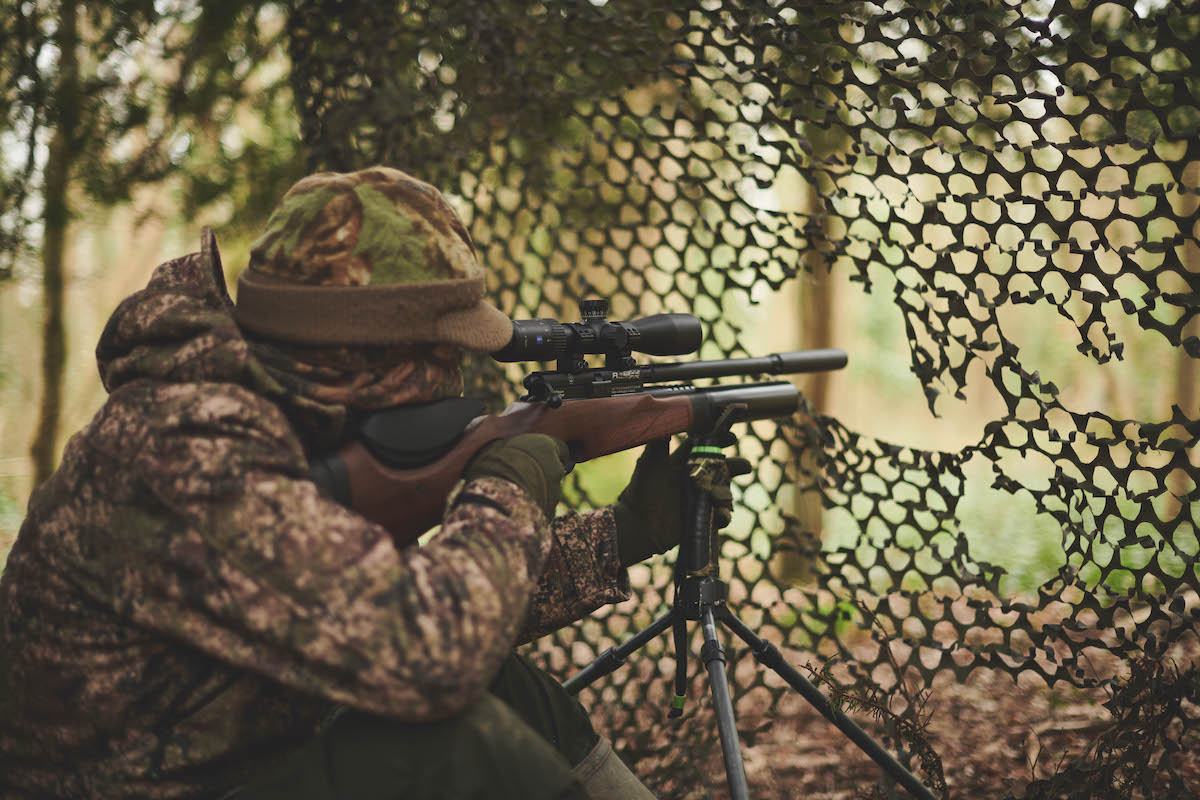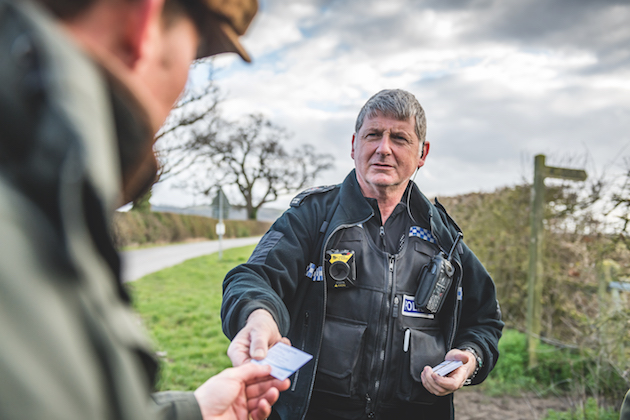Browning Auto 5: taking it out on the pigeons
Charles Hartley explores the merits of the Browning Auto 5 with a spot of roost shooting

The long-recoil operating system means that when the gun is fired, the whole barrel slides back over 3in into the action...
A new shoot is an exciting yet daunting experience; home advantage seems lost and although the pheasants are still pheasants, it feels like a completely different game. Late this season I found myself on new ground, on an exposed peg under the scrutinising gaze of beaters and Guns alike, with bird after bird flying over unscathed.
The second drive ended like the first, but while feeling utterly defeated, I found myself being guided to drive three by a familiar face, who I knew from a shoot I used to frequent every season. The mood felt lighter, my shoulders unburdened by the pressure of oncoming game and everything came together. I seemingly could not miss and the polite shouts of, “Hard luck, Hartley,” changed to, “You lucky bugger.”

Charles Hartley believes the Browning Auto 5 could bridge the gap between traditional shotguns and semi-autos
Grinning from ear to ear and feeling drunk with excitement, I went back to my familiar shooting guide. She didn’t need to ask how I had got on, she could tell by the silly look my face. Piping up, she told me that she had finally managed to get back into shooting, which after years of bad hips and unsteady legs was a huge victory and something she thought she’d left in the past.
“What’s changed?” I asked. She explained she had started shooting with a semi-auto shotgun. In a hushed and embarrassed tone, I confessed that I actually did most of my shooting with a semi-auto, and though they’re frowned upon by many, I loved it as much as my old side-by-sides.

Charles’s Auto 5 is one of the more utilitarian models, but it wouldn’t look out of place on a driven day
Tradition
So, why are we Brits so against the semi-auto? (Read why we shouldn’t be snobbish about semi-autos.) We love tradition, with old family guns brimming with history being dusted off for grand days out. And although side-by-sides are now being gazumped by over-and-unders, the new guns are very much made in the image of the old guard, with beautiful walnut and actions etched with game scenes. For most, semi-autos are left to those who work in the countryside, the perfect ‘tool’ for farmers and keepers. They’re also loved by fowlers who, when wallowing in salt water and silt, don’t need to be so precious about a modern and relatively cheap gun held together by a synthetic stock. But the soft-shooting nature of a semi-auto had allowed this lady (who had dedicated her life to shooting and working dogs) back into the fold, so maybe it is time to become a little more open-minded.
One day this attitude may change, and in the right circumstances I am all for it, but I am also a traditionalist at heart. Maybe we need the ‘right’ gun to bridge this gap — the gateway drug, if you will. So, with that in mind, may I present the Browning Auto 5.
We love history, and this humpback beauty is steeped in the stuff. The Auto 5 was the first massproduced semi-automatic shotgun, design by John Browning in 1898. Until then, Browning had been producing almost exclusively for Winchester, but on seeing huge potential in his own design, he requested new terms.
Previously, Winchester had always bought his designs outright, but this time Browning wanted royalties and Winchester refused. Browning approached Remington by phone and its president was very keen to have him over in person and gain the newest product from its rival’s greatest designer. But lightning struck twice, and while Browning sat in the waiting room for his meeting, Remington’s president had a fatal heart attack. Not being one to give up, Browning crossed an ocean to Fabrique Nationale in Belgium and terms were met so easily that production started two months later.
Some years after, production did begin in the USA, with the design being licensed out to Remington as the Model 11 and later Savage as the 720 and 745, but these are not as sought-after as the original Auto 5s. It was made in 12-, 16- and 20-bore, with a variety of barrel lengths, rib options and flurries of engraved decoration. (Read our full review of a new Browning A5 semi-auto.)

Charles keeps his eyes open for pigeons
Endurance
The shotgun became one of the bestselling in history, with 2.7 million made and production only ceasing in 1998, 100 years after the original design. Although made for the field, this workhorse saw action from World War I through to the Rhodesian Bush War of 1979. It was also the shotgun of choice for our own Special Air Service (SAS) in the Malayan Emergency, with the SAS finding it perfect for close-quarter jungle combat — testament to the endurance and reliability of the design.
Those shotgun collectors among us will also be intrigued by some of the rare features that come with this venerable antique. Unlike all semi-autos then and almost all now, this shotgun has a ‘quick-load’ function. Typically, to load a semi-auto, when the bolt is in the rear (either pulled there manually or locked open when you are out of shots), you drop a cartridge into the open action and press the bolt release button below. But in this design, all you need to do is slide a cartridge into the bottom loading gate, which automatically loads the new round and shuts the bolt. This is ingenious and halves the time taken to get your first load into battery.

Signs of birds on the forest floor
Flurry of wings
The second feature not really seen elsewhere is the magazine cut-off. You find yourself on a drive, pheasants and partridges zipping by, only to hear a flurry of wings as a group of ducks get up. You only have lead shot in your breech and the tube magazine below it, but not to worry: with one flick of the magazine cut-off you can unload the first cartridge without the second (lead) cartridge loading, allowing you to drop in a steel cartridge and bring down your intended bird.
Lastly, I must draw your attention to the nature of the action and the long-recoil operating system. This means that the barrel and breechblock recoil and stay locked together for the entire length of the cycle. Simply, when the gun is fired, the whole barrel slides back over 3in into the action, only separating from the bolt face when the large action spring sends it flying forwards. This opening allows the spent shell to somersault out the action.
This is hard to see in real time, so imagine a huge field gun collapsing backwards and allowing the wheels to stay firm. This is very cool and is a breeze to handle when compared with a standard double-barrel shotgun, with a huge amount of recoil energy being absorbed by the delayed movement and spring.
With the necessary legal arrangements in place, I took the old thing out roost shooting alongside my ‘modern’ semi-auto, the Winchester SX3, to see where the differences lay. It is hard to see past their looks; the SX3 is a true representation of what the British think of when they imagine a semi-auto. It is basic, plastic, fairly ugly and, when compared with the classic shape, Prince of Wales walnut grip and blued action of the Auto 5, there is only one winner. Ironically, this is as utilitarian as an Auto 5 comes, with many models being engraved.

The Browning Auto 5 (left) and the Winchester SX3 are put to the test on the pigeons
Of course, you can get modern semi-autos made with wood stocks and with engraving, but the chassis still somehow remains modern and ugly with it, and rarely is the wood-to-metal fit and action quality as good as on these classic guns.
The SX3 is softer shooting; being a gas-operated recoil system, a lot of energy is diverted away and the weight of the barrel is not flung in your direction. Also, this action is quicker, but unless you are going for a world record the Auto 5 shoots as quickly as anyone should ever need to.
However, modern design did not win the day, as the fit of the larger, traditional stock felt more natural. The proud safety button of the Auto 5 stopped my finger from reaching the trigger comfortably when ‘on’, and therefore any chance of a false start as I have so many times with the SX3. This, coupled with the speed-loading function, made for efficient shooting.
So, the modern shotgun may be softer and quicker, but when shooting them side by side, I didn’t feel much difference. The Browning is a thing of beauty, carrying not only some amazing design but many of the qualities that we as a shooting public hold dear. So perhaps it has a future, not only to allow those who need less recoil to get into the line again, but as a piece of sporting history to be enjoyed for generations to come.

The speed-loading function and natural feel make for some efficient shooting with the Auto 5
The Browning Auto 5 in action

The quick-load function allows the user to slide a cartridge into the bottom loading gate, automatically loading the new round

The long-recoil operating system means that when the gun is fired, the whole barrel slides back over 3in into the action…

only separating from the bolt face when the action spring sends it flying forwards, allowing the spent shell to somersault out

The ingenious action of the Browning makes it a breeze to handle, which may well help those who need less recoil to get into the line once again








